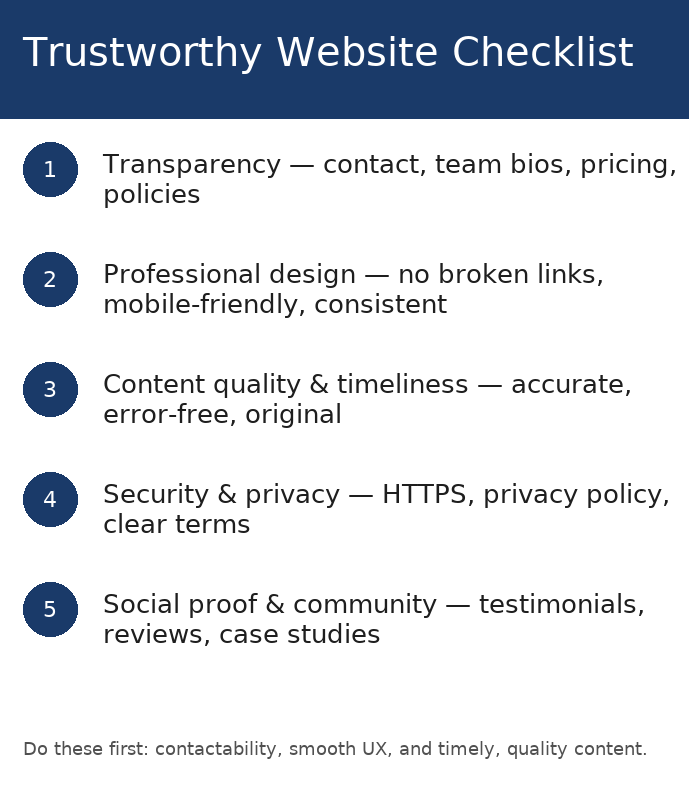5 Ways to Write Transitions Well
1. For flow – As the Little, Brown Handbook suggests, if a series of sentences lack a clear connection in-between, write transitions to link your sentences and paragraphs together.
2. In comparisons – When you compare two similar things or ideas, sometimes a transitional word or phrase can help readers understand the connection between them.
Example: “Onions are root vegetables, as are carrots.”
Revised: “Like onions, carrots are a root vegetable.”
3. To contrast – If you’re describing two different things or ideas, a transition can ease your explanation.
Example: “Carnivores eat meat only. Herbivores follow a plant-based diet.”
Revised: “Carnivores eat meat only, but herbivores follow a plant-based diet.”
4. To explain – Transitions can help you define and clarify a concept.
Example: “A sandwich contains a filler placed between two slices of bread. Popular sandwiches include bologna, peanut butter and jelly, or tuna.”
Revised: “A sandwich contains a filler placed between two slices of bread. For example, peanut butter and jelly is a popular sandwich filler.”
5. To summarize or end gracefully – A transitional word or phrase shows readers they’re near the conclusion of your piece.
Example: “All in all, a cross-country trip can open your eyes to the world around you.”
Need help making your writing easier to understand? Contact me for advice.
How well do you use transitions in your writing? Feel free to comment further below.
Quotes
“Transitions are critically important. I want the reader to turn the page without thinking she’s turning the page. It must flow seamlessly.” ~ Janet Evanovich
“If we encounter ‘thus,’ ‘therefore,’ ‘consequently,’ and the like, we know that the next statement should follow logically from whatever has already been presented. If we see ‘nevertheless,’ ‘still,’ ‘all the same’ or the like, we must be prepared for a statement that reverses direction.” ~ Bonnie J.F. Meyer, Ph.D., Professor of Educational Psychology, Penn State
Comments? Suggestions? Need help with your communications? Contact me.



